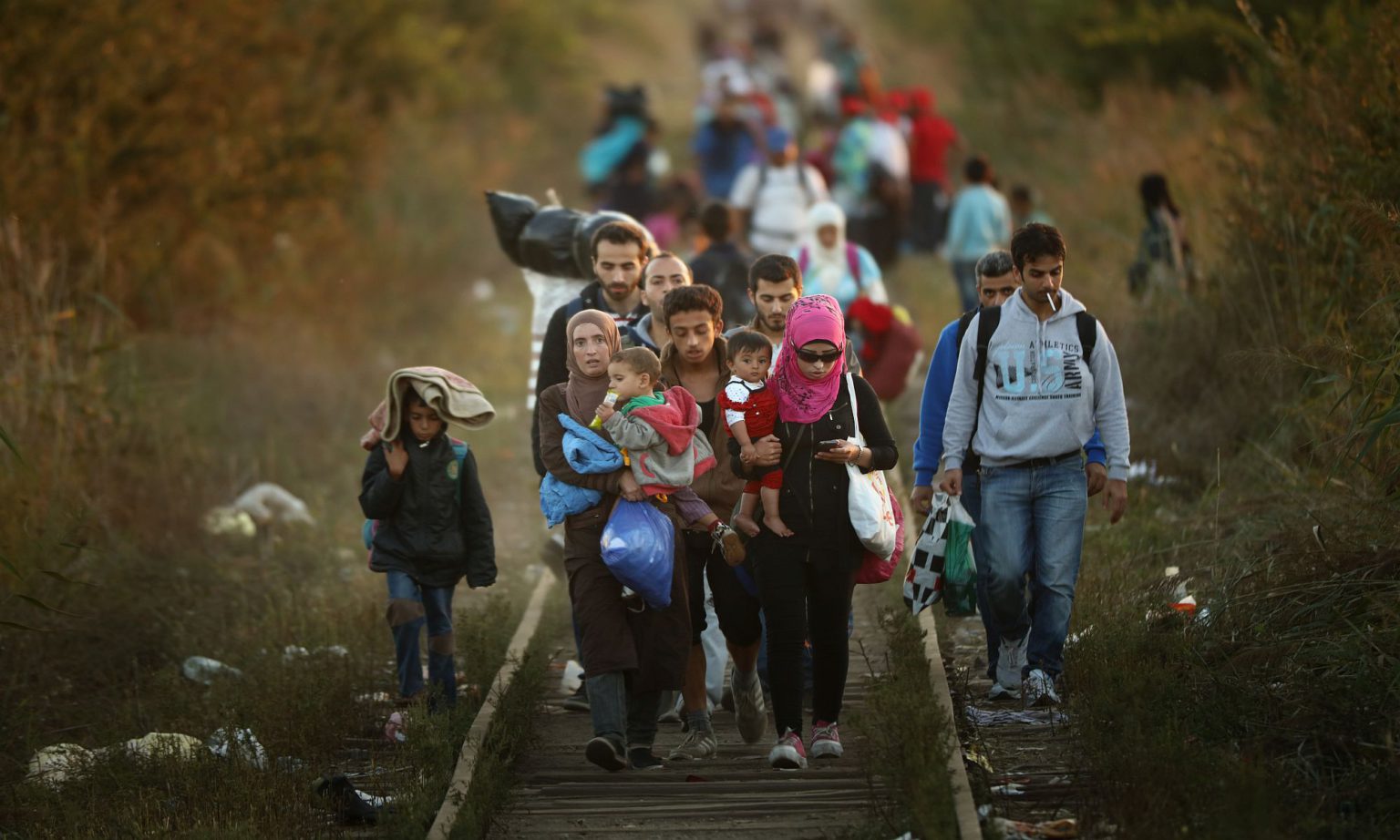
Long-read
Europe and the great migration
Unprecedented mass movements of people have utterly transformed postwar Europe.
Want unlimited, ad-free access? Become a spiked supporter.
Peter Gatrell’s The Unsettling of Europe: The Great Migration, 1945 to the Present is a tour de force, bringing together personal accounts of the fears, suffering and hopes of those on the move across postwar Europe. It also provides an incisive analysis of the factors that drove mass migration to and within Europe.
‘Every major development in postwar Europe is connected to migration’, Gatrell writes. ‘Think of the recovery and reconstruction of the continent in the aftermath of world war, the closer alignment of states that formed the economic community and then the European Union; the creation of a rival political bloc in Eastern Europe; the shedding of Europe’s overseas empires and the legacy of colonial rule; the collapse of communism and the redrawing of the map of Europe.’
There are many reasons for people moving across borders. Migrants’ stories differ dramatically. For some, migration is a terrible heart-wrenching ordeal. For others, it is an opportunity, full of hope. ‘Many made a permanent home in a strange land and raised families; their children and grandchildren put down roots’, Gatrell writes. This ‘opportunity migration’, as Gatrell calls it, was central to Europe’s postwar history. Cahit, a Turkish man, describes his feelings of hope when he travelled to West Germany in 1964: ‘As I looked out of the window of the train, noticing that we were crossing the border from Turkey into Bulgaria, I thought, I will return in five to 10 years a millionaire.’ However, many have been forced to move against their will. And others have fled persecution and war, or moved out of economic necessity.
‘Not everything can be written as a history of progress, and not all these instances of loosening of ties that bound people to particular places of origin were beneficial’, Gatrell warns. This is illustrated most starkly in the involuntary movement of an estimated 17million people across Europe in the immediate aftermath of the Second World War. And it really was involuntary. As Gatrell explains, at the Potsdam Conference in 1945, the Allied powers agreed to ‘mass population expulsions’ as part of their ‘orchestrated programme to create ethnically more uniform nation-states’. In total, 10million ethnic Germans were forcibly moved from Eastern Europe – mainly Poland, Czechoslovakia and Romania – to the divided state of Germany. Some were only given minutes to pack. More than half-a-million Hungarians were expelled from Czechoslovakia. ‘Other expulsions and deportations, affecting Poles, Ukrainians, Karelians, Turks and others, were accompanied by the expropriation of land and other assets’, Gatrell writes. Canadian historian Modris Eksteins, whose own Latvian family were forced to flee their home country, captures the tumult well: ‘Never had so many people been on the move at once. Prisoners of war, slave labourers, concentration-camp survivors, ex-soldiers, Germans expelled from Eastern Europe, and refugees who had fled the Russian advance… A frenzy.’
For some, migration is a terrible heart-wrenching ordeal; for others, it is an opportunity, full of hope
Since the war, many migrants have faced challenges on arrival in their destination country, including: substandard accommodation, shoddy pay and minimal prospect of social or economic advancement. They have been treated as outsiders and many have not been encouraged to put down roots.
During the postwar boom, which lasted until the early 1970s, individuals like Cahit may have been able to accumulate enough wealth to return to their home countries with better prospects for the future. But in recent decades wages have fallen, making the lives of migrants even more precarious. As Gatrell puts it, ’employers looked to migrants to carry out backbreaking work and to take on “dirty jobs”’. The German investigative journalist Günther Wallraff spent two years undercover, adopting the identity of Turkish ‘guest worker’ Ali Levent. In his 1985 book Lowest of the Low, Wallraff exposed the shocking conditions to which Turkish workers were subject in the 1950s, 60s and 70s. Wallraff recently pointed out that Turks have now been replaced at the bottom of German society by Romanians, Poles, Russians and the long-term unemployed from the former East Germany. ‘Back then, the Turkish workers were getting paid 6 Deutschmarks ($4) an hour’, Wallraff said. ‘Today, people are working for 2 euros ($2.50).’
The postwar boom depended on a continual flow of labour. ‘Schemes of organised migration to boost labour supply began immediately after the war’, Gatrell writes. He explains that these initiatives were designed to meet economic objectives, rather than to pursue humanitarian motives. Britain, Belgium and Norway ‘energetically recruited’ workers from displaced persons (DP) camps in Europe. These camps had been established in Germany, Austria, and Italy, primarily for refugees from Eastern Europe and former inmates of concentration camps. In 1946, Belgium signed a deal with Italy to recruit 50,000 workers for its coal industry in exchange for supplying Italy with coal. ‘Anyone who took up the offer of a job but then refused to go down the pit was arrested and held at military barracks in Brussels […] before being repatriated’, says Gatrell.
The precursor to the European Economic Community (EEC) — the European Coal and Steel Community (ECSC) — included agreements to harmonise the supply and demand for labour through labour exchanges between France, Germany, Italy, Belgium, the Netherlands and Luxembourg. West Germany’s ‘unquenchable thirst for labour’ resulted in the organised recruitment of workers from the late 1950s to the early 1970s. Fourteen million ‘guest workers’ came to Germany during this period, of whom 11million, mainly Greek, Spanish and Italian workers, eventually returned to their country of origin. Gatrell argues that the abundant supply of labour helped sustain production ‘while restricting the unfettered growth of domestic wages’. Meanwhile, Cuban and Vietnamese workers added to the Soviet Union and Eastern Europe’s industrial labour force. ‘Thus, on both sides of the Iron Curtain’, writes Gatrell, ‘the economic miracle that took place in the third quarter of the 20th century rested on the promise of abundance but was realised by migrant labour’.
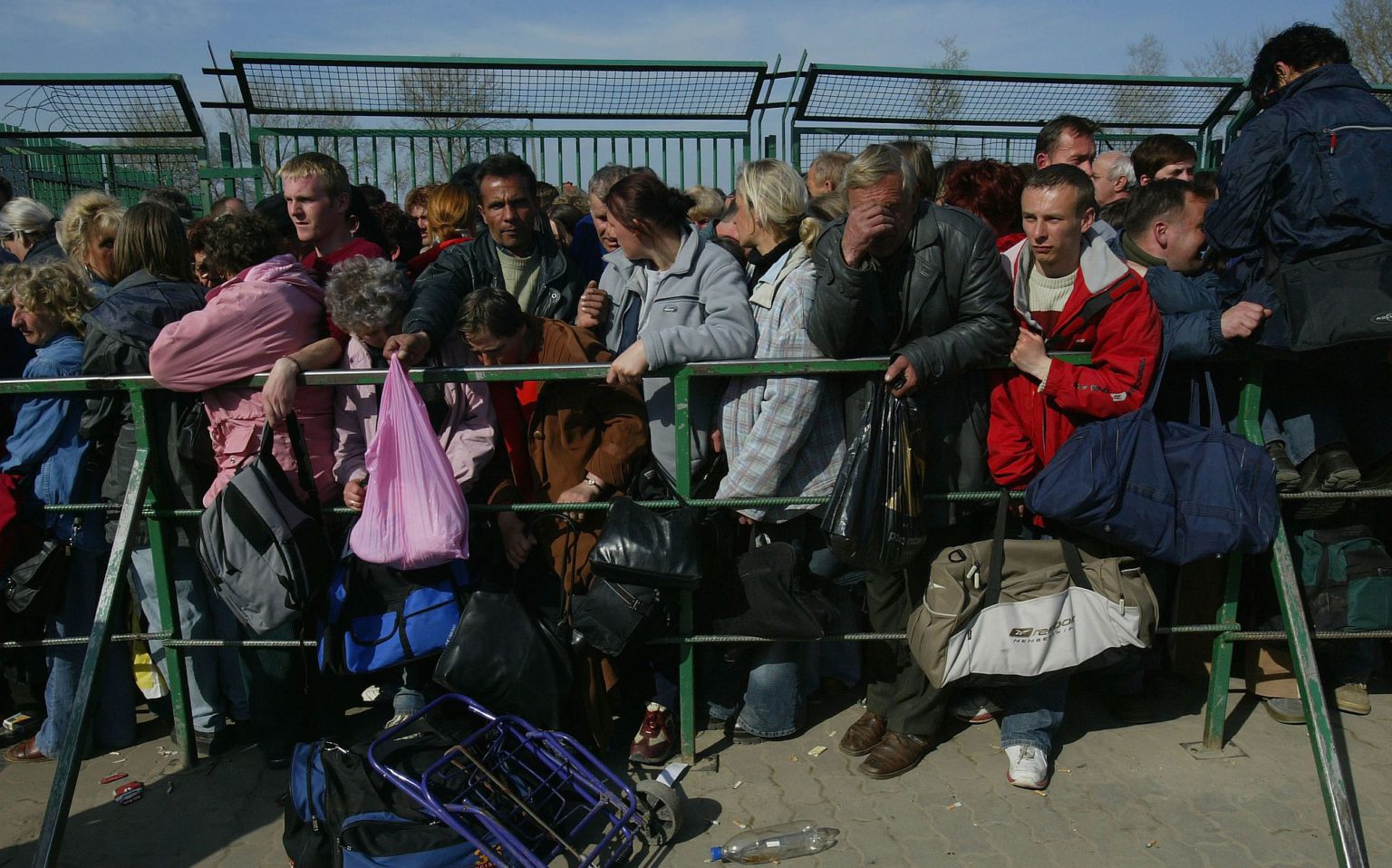
When it comes to ‘freedom of movement’ within the EU, personal stories again vary dramatically. At one end of the spectrum stand migrants who live precarious lives with little security. At the other are those who travel freely and enjoy the advantages of wealth and security – described as ‘Eurostars’ by the political scientist Adrian Favell. These Eurostars – bankers, IT specialists and other mobile professionals – tend to live in one country and work in another. Some privileged Europeans have settled semi-permanently or permanently in other European countries. For example, more than 60,000 Germans were living in Spain in 2008. ‘Most lived in gated communities, called urbanizaciones’, Gatrell explains. ‘The lives of the “Eurostars” and of expats in general rarely intersected with the lives of precarious migrants, except when the former briefly encountered the latter as cleaners, waiters and receptionists.’
The EU’s much vaunted ‘freedom of movement’ does not apply, of course, to those outside the EU. To maintain ‘fortress Europe’, the EU has put in place barbaric measures to prevent its figurative walls from being breached. In 2013, the European Parliament approved the creation of the European Border Surveillance System (Eurosur) – an information-exchange framework designed to improve the management of the EU’s external borders. ‘All this surveillance, buttressed by new biometric technologies, such as facial recognition, amounted to an impressive remit and an enlargement of the scope and scale of border control. And no one blinked at the financial cost’, Gatrell writes.
The enlargement of the EU in 2004 – with the accession of former Soviet Bloc countries – imposed requirements on its new members to tighten controls on the EU’s eastern borders. ‘Non-EU countries looked on, like neighbours uncertain of their place’, Gatrell writes. Those outside the EU saw new barriers to their own movement being erected. Ukrainians suggested the Iron Curtain had been replaced by a ‘velvet drape’ between East and West. Indeed, the border between Ukraine and Poland has been transformed since Poland joined the EU. There is now an external border separating the two countries, which entailed new restrictions on travel.
This was happening throughout Eastern Europe, writes Gatrell. For example, ‘EU officials made it clear to the government of Kosovo that if the country wanted to enjoy closer cooperation with Brussels and EU member states, it should clamp down on illegal immigration’. This meant stronger borders between Kosovo and other eastern countries. Elsewhere, in order to join the Schengen Area, in which EU freedom of movement prevails, Croatia must convince the EU that it can control its external borders. The border forces there ‘use a variety of tactics, including beatings, pepper spray and police dogs, to keep non-Europeans at bay’, Gatrell writes.
The drive to ease the movement of labour within the EU has gone hand in hand with a drive to keep non-Europeans out, particularly those with the ‘wrong’ skin colour
In fact, since the postwar boom, the drive to ease the movement of labour across borders within the EU has gone hand-in-hand with a drive to keep non-Europeans out, particularly those with the ‘wrong’ skin colour. Take the United Kingdom. The 1948 Nationality Act allowed colonial subjects to enter the UK freely. But in 1962, Harold Macmillan’s Conservative government passed the Commonwealth Immigrants Act, which curtailed free movement for citizens from Commonwealth countries. This was followed by Harold Wilson’s Labour government passing the 1968 Commonwealth Immigration Act, which, as Gatrell puts it, had ‘devastating consequences for prospective migrants to the UK who had otherwise faced relatively few restrictions on entry’. This act was ‘a further nail in the coffin of Commonwealth migration, hammered home still more by the 1971 Immigration Act’, which was passed under Edward Heath’s Conservative government.
This last act was passed in preparation for joining the EEC. ‘Prospective membership of the EEC posed important questions about migration, given the foundational Treaty of Rome (1957) provided for free movement within the community’, Gatrell writes. Measures were taken to restrict immigration ‘to assuage the anxiety of some member states, such as the Netherlands, that black Commonwealth citizens would migrate in large numbers’. In 2002, the Labour government under Tony Blair passed the Nationality, Immigration and Asylum Act to tighten controls on entry and restrict access to welfare provision and jobs ‘under the mantra “tackling abuse”’, Gatrell writes. The Labour government also extended the list of countries deemed to be ‘safe’. As Blair boasted in a speech to the Confederation of British Industry (CBI) in 2004, ‘Asylum intake in 2003 fell four times as fast in the UK as in the rest of Europe’.
Germany similarly passed laws to restrict the arrival of asylum seekers. The 1993 Welfare Act for Asylum Seekers (Asylbewerberleistungsgesetz) stipulated that applicants who had reached Germany through a safe third country could be forced to return to that third country. Also, asylum seekers were no longer allowed to take paid work.
So, despite Western governments having signed the UN Refugee Convention in 1951, which acknowledged their responsibility towards victims of persecution, the same governments sought increasingly inhumane ways of dodging that commitment.
Gatrell is clear: the EU’s policies increasingly focus on preventing non-European asylum seekers from finding refuge in Europe. But there has been tension within the EU. The Dublin Regulation stipulates that the country responsible for processing an asylum application is the one in which the asylum applicant first set foot. Most migrants trying to make their way into Europe will do so by boats, which means making their way first to Italy, Greece or Spain. And migrants choose boats thanks to EU Directive 51, from 2001, which makes airlines foot the bill for the return flight if the migrants do not have the correct paperwork. The carriers can also be fined 3,000 and 5,000 Euros for each infraction.
European leaders and EU officials have thoroughly dehumanised refugees
As Gatrell points out, European leaders are increasingly bickering about migration, but what they all seem to agree on is the need to ‘shift the responsibility for deterring refugees to other countries’. He notes that, ‘Policymakers have spoken of “externalisation” of control, in effect relocating the borders of Europe and giving short shrift to the human rights of migrants’. Agreements have thus been negotiated with non-EU countries, such as Albania, Tunisia, Egypt and Libya, to establish EU-funded detention centres. ‘These centres kept refugees out of the spotlight and exposed them to degradation and abuse, particularly in Libya’, Gatrell laments. In 2013, EU countries recognised fewer than 15 per cent of asylum claims from the Middle East, Afghanistan and the Horn of Africa.
In the eyes of European leaders and EU officials, refugees are thoroughly dehumanised. But not so in the eyes of the inhabitants of the islands where, sadly, hundreds of dead bodies have washed up on beaches. ‘Locals on Lampedusa, on Greece’s border with Turkey, and on Greek islands’, writes Gatrell, ‘demonstrated solidarity with refugees by assisting with burials or with repatriation of the bodies of those who have drowned at sea’. They helped identify bodies and contact relatives, where possible, and took part in funeral services. The refugees may not have been treated with much dignity on their desperate journey to Europe. But at least someone tried to give them a dignified burial.
Despite the human-interest stories, Gatrell does not really explore the effect of migration on the countries of origin. How, for instance, are people left behind impacted when a large proportion of the population is uprooted and leaves their home country? Gatrell argues that some countries benefit from being able to offload their surplus workers, while receiving part of their income in the form of remittances. But he concedes that ‘the interests of exporting and importing countries do not necessarily coincide’.
There is therefore a need for more investigation into the effect of EU-driven depopulation on countries such as Latvia, which has lost one-fifth of its population, and Romania, which has lost three million people, including half its doctors, since joining the EU. Many of these countries have lost a large proportion of their working-age population. And they leave behind an aging population, whose social- and healthcare needs cannot be adequately met.
Today, the debate about migration and immigration is often presented as a moral one – with one side valuing ‘tolerance’ and ‘openness’ and the other cast as ‘racist’ and xenophobic’. We urgently need to move beyond these shrill, faux debates, and explore the effects of migration more honestly. The Unsettling of Europe is a welcome contribution to this debate, because it does what so few other studies do: focuses clearly on the forces driving migration, and on the effects of migration on those who are uprooted.
Helene Guldberg is author of Reclaiming Childhood: Freedom and Play in an Age of Fear, and Just Another Ape?. Visit her website here.
The Unsettling of Europe: The Great Migration, 1945 to the Present
, by Peter Gatrell, is published by Allen Lane. (Order this book from Amazon(UK)).
Pictures by: Getty Images.
You’ve read 3 free articles this month.
Support spiked and get unlimited access.
Help us hit our 1% target
spiked is funded by readers like you. It’s your generosity that keeps us fearless and independent.
Only 0.1% of our regular readers currently support spiked. If just 1% gave, we could grow our team – and step up the fight for free speech and democracy right when it matters most.
Join today from £5/month (£50/year) and get unlimited, ad-free access, bonus content, exclusive events and more – all while helping to keep spiked saying the unsayable.
Monthly support makes the biggest difference. Thank you.
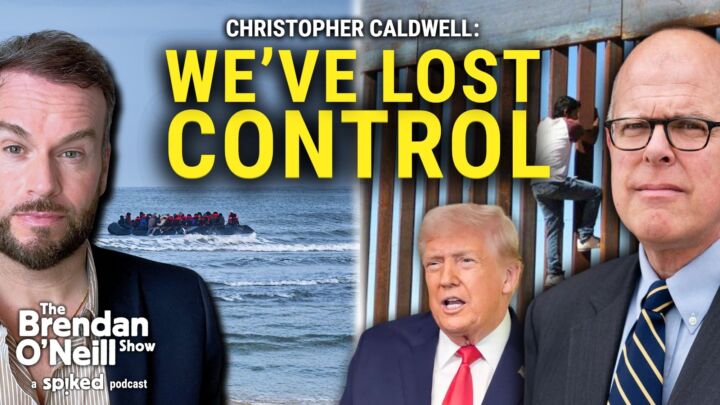

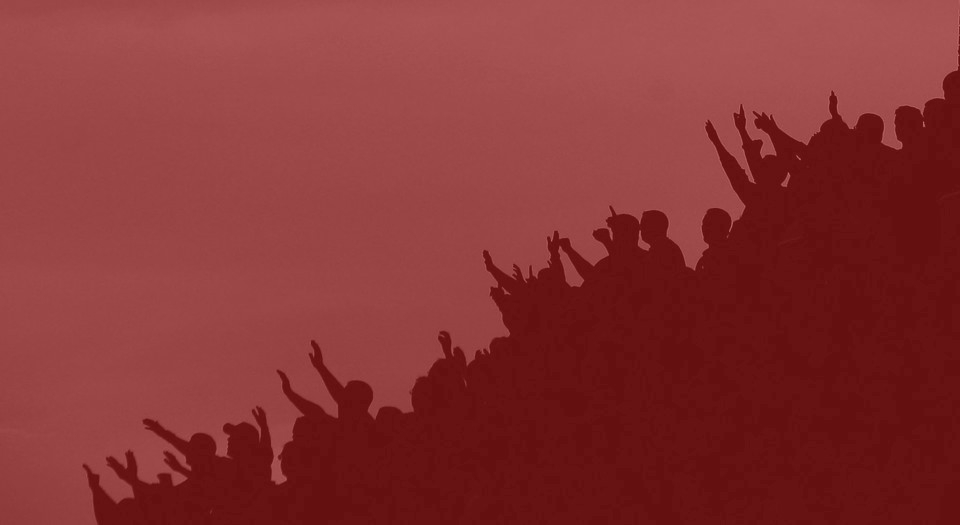
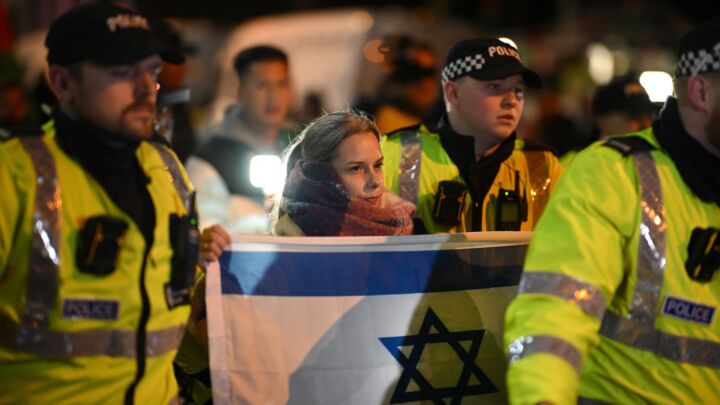
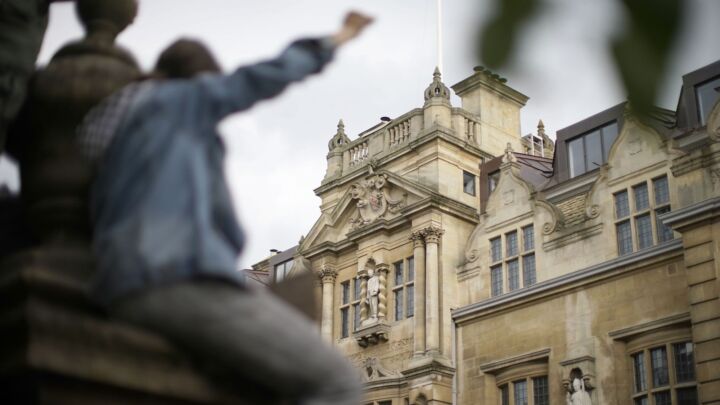
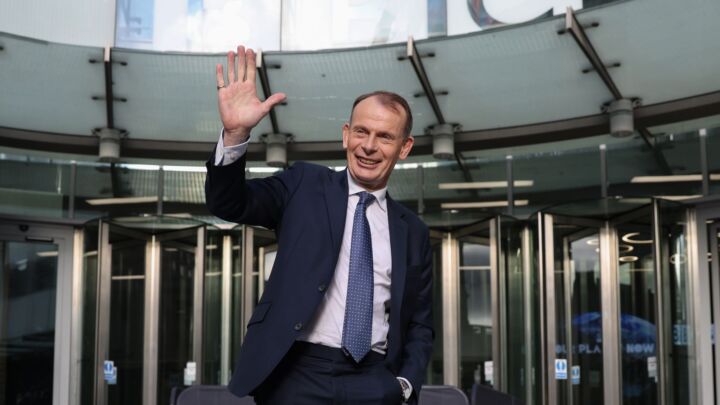


Comments
Want to join the conversation?
Only spiked supporters and patrons, who donate regularly to us, can comment on our articles.